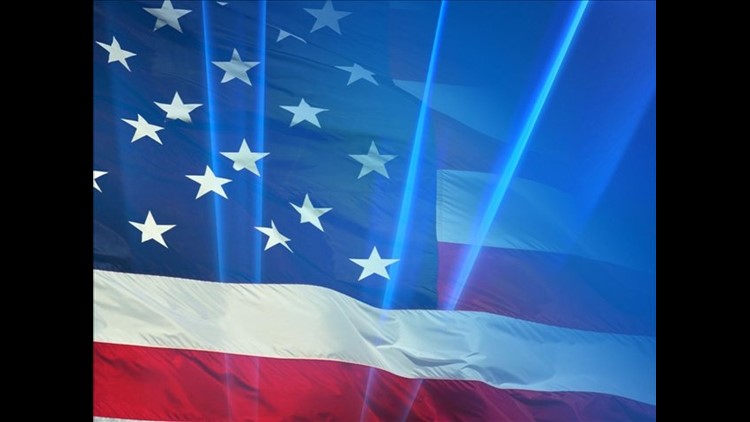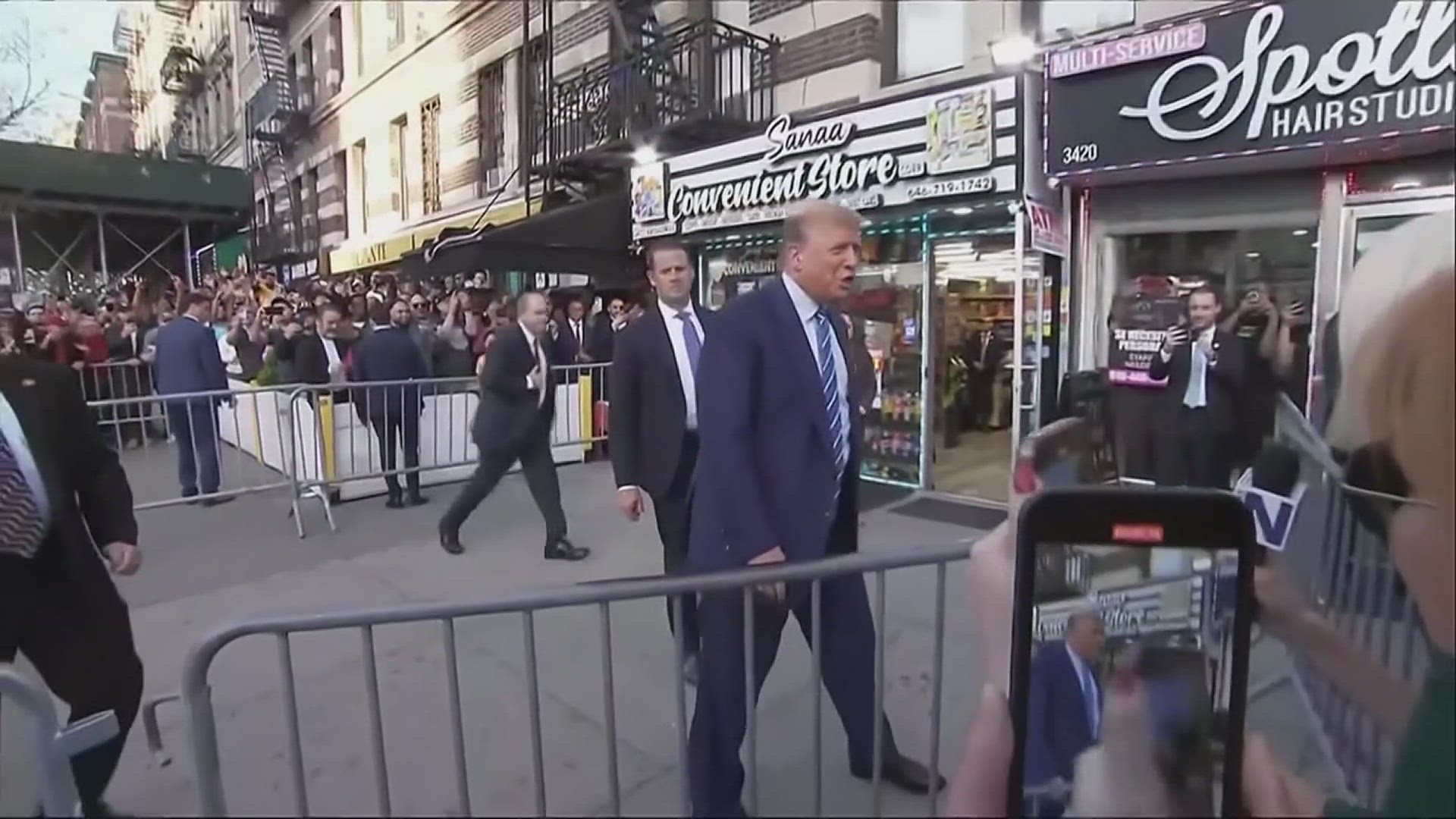(CNN) — Bitter political fights, now considered commonplace in the U.S. Congress and on the campaign trail, may be an indication to most Americans that polarization is high among our elected officials.
But even among the country as a whole, Americans are more divided along political lines than they have been in 25 years. Political differences now divide Americans more than race, education level, income, gender and religion. And, according to a survey from the Pew Research Center, the political divide spiked during the last decade, during the presidencies of George W. Bush and Barack Obama.
The survey looked at differences between Republicans and Democrats over the past quarter century, comparing the partisan gaps on issues like labor unions and the environment to ideological gaps between people of different gender, religion, race and class level.
While the gender, religious, class and race differences remained relatively consistent in the survey, the gaps between Republicans and Democrats widened considerably to record levels.
“As Americans head to the polls this November, their values and basic beliefs are more polarized along partisan lines than at any point in the past 25 years,” the Pew report stated. “Unlike in 1987, when this series of surveys began, the values gap between Republicans and Democrats is now greater than gender, age, race or class divides.”
The biggest increase in political polarization came in “government scope and performance” – the gap in 1987 between Democrats and Republicans on that issue was 6 points; in 2012 the gap is 33 points. On immigration, which Pew began asking about in 2002, the gap increased from 4 points to 24 points. And on the environment, which Pew started measuring in 1992, the gap went from 5 points to 39 points.
Members of the two parties were most divided on a social safety net for the poor – a 41 point gap has opened between Republicans and Democrats on the issue, a jump from 23 points in 1987.
That spike is explained by a drop in the number of Republicans who agreed that “It is the responsibility of the government to take care of people who can’t take care of themselves.” In 1987, 62% of Republicans held that view, compared to 40% who feel that way today.
Democrats have also shifted ideologically since Pew began taking the survey 25 years ago. In 1987, 86% of Democrats said they “have old-fashioned values about family and marriage.” Today 60% hold that stance.
In their report, Pew explained that changing party demographics can partly explain the growing polarization – they note the Republican Party is dominated by conservatives, rather than moderates, and that the number of liberal Democrats is growing to match the number of moderate Democrats.
But independents are also divided, the study explained.
“While many Americans have given up their party identification over the past 25 years and now call themselves independents, the polarization extends also to independents, most of whom lean toward a political party,” the report stated. “Even when the definition of the party bases is extended to include these leaning independents, the values gap has about doubled between 1987 and 2012.”



